Practice decoding final -e conventions with this set of 18 sorting cards representing long 'a', 'i', and 'o' vowel sounds.
Some people question the silent e at the end of a word:
If you don’t hear it, what’s the point of it being there?
But the silent -e is there to tell us how to pronounce the other sounds in a word. For example, vowels need the final -e to alert the reader that the vowel sound is long.
And recognizing those patterns is part of the process of building foundational language skills.
That’s why our final -e sorting activity is perfect for beginning readers making sense of those long vowel silent -e conventions!
Find Success with Final ‘e’ Words!
Use this resource in your reading center, guided reading, or with your whole class (see below) to practice decoding final -e conventions for representing long vowel sounds.
In other words…
This game helps students read words with a long vowel sound, followed by a consonant, and silent final -e.
To play, students will sort the pictures by long vowel sounds:
- a_e
- i_e
- o_e
Scaffolding + Extension Tips
Challenge students who already understand the concept to produce additional words for each vowel sound.
Support students who need help understanding the concepts by visual reminders of final e conventions such as a classroom poster or anchor chart.
Get our 10 Best Scaffolding Strategies here!
One Game = Many Final ‘e’ Words Activities!
Use this resource as independent practice for fast finishers and full-class learning opportunities like scoot activities, lesson reviews, formative assessments, and more.
🛴 Scoot Activity
Number and hang cards around the room in numerical order. Instruct students to number a sheet of paper Assign students or pairs to a starting point card. Give students an appropriate amount of time to review the card and record their answer in the corresponding space on their paper. The students will rotate to the next card on your cue (for example, say, “SCOOT”). Continue in this manner until students return to their starting point.
🤩 Show Me!
Give each student a mini dry-erase board and a dry-erase marker. Project all 3 of the final -e category cards on the screen along with a picture card, and have your students write the word on their board. When everyone has written down their answer, say, “Show Me.” Students will flip their boards, allowing you to see who needs extra support.
➕ Odd Man Out
Place 3 cards at each station, making sure 2 cards represent the same vowel sound, and the 3rd card is different. Student pairs will rotate through each station and identify the matching vowel sound cards, writing their answers on a separate sheet of paper.
Easily Prepare This Resource for Your Students
Print on cardstock for added durability and longevity. Place all pieces in a folder or large envelope for easy access.
Before You Download
Use the dropdown icon on the Download button to choose between the PDF or Google Slides version of this resource.
This resource was created by Lindsey Phillips, a teacher in Michigan and Teach Starter Collaborator.
Snag these activities now and consider your vowel lesson planning done!
[resource:4653356] [resource:4633499] [resource:4717216]
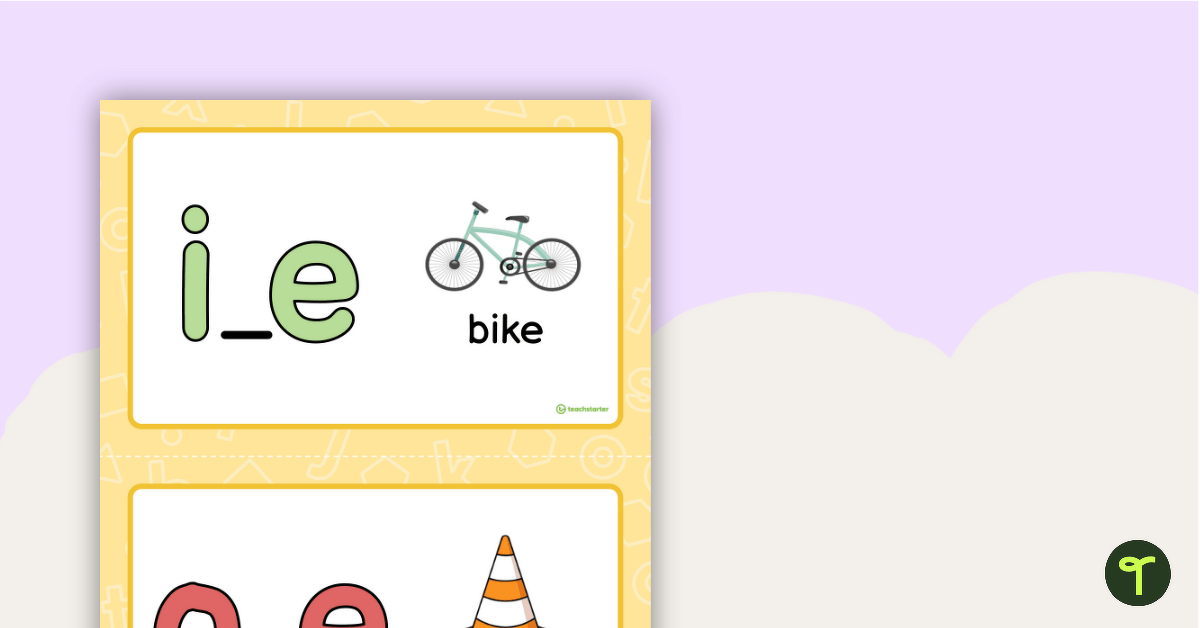
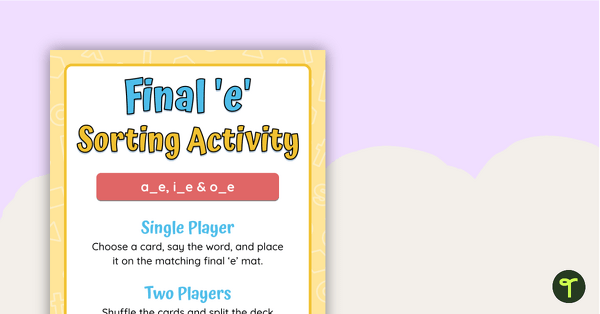
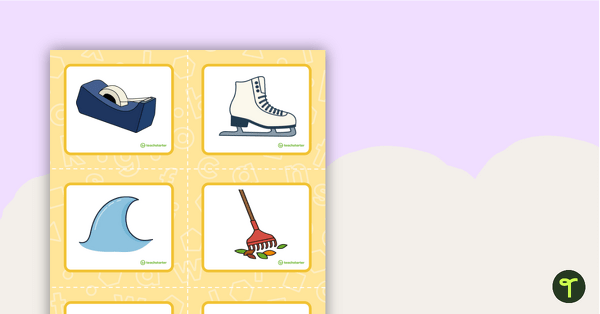

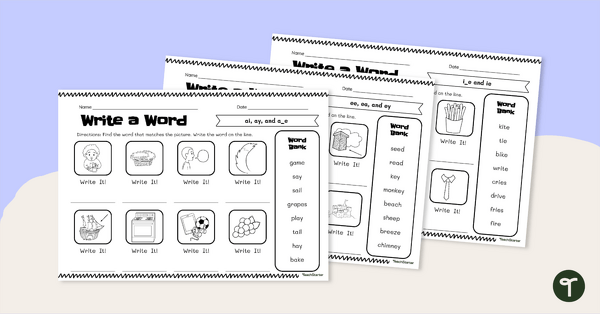
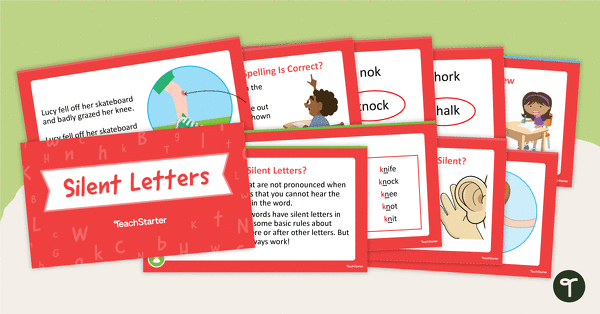
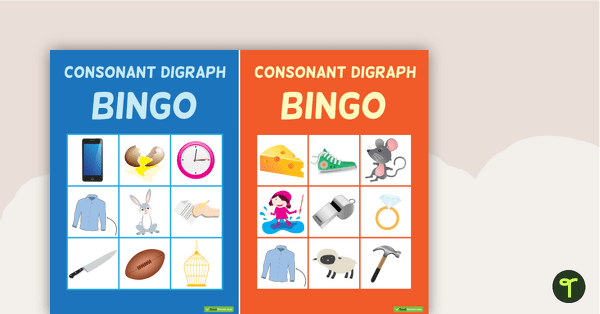
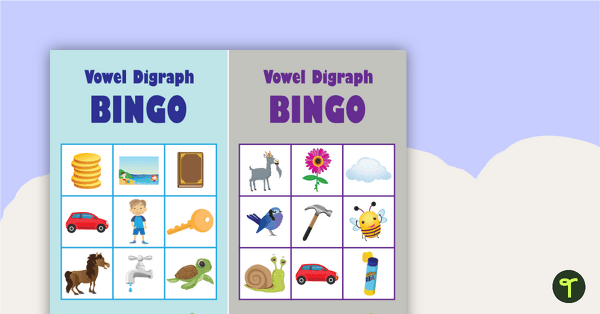
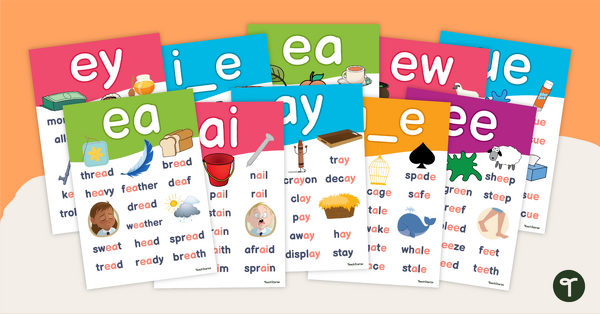
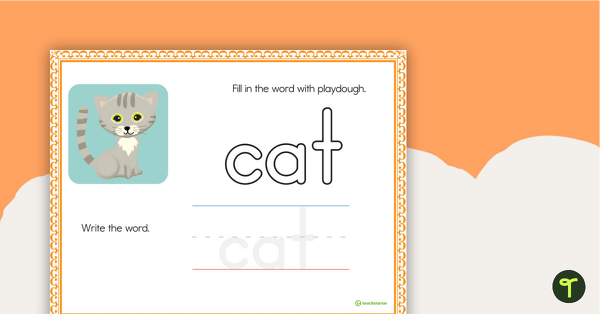
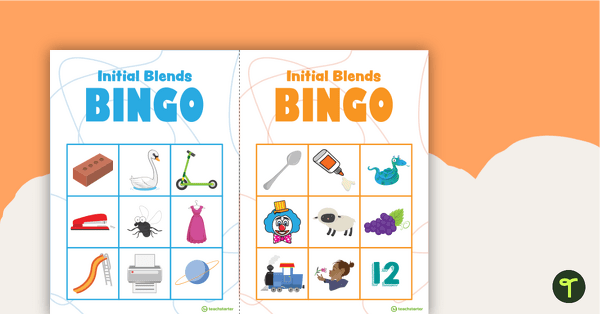
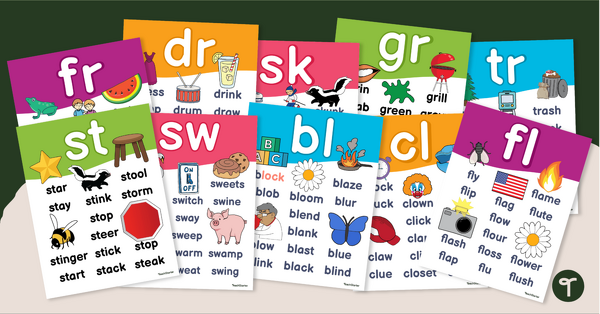


0 Comments
Write a review to help other teachers and parents like yourself. If you'd like to request a change to this resource, or report an error, select the corresponding tab above.